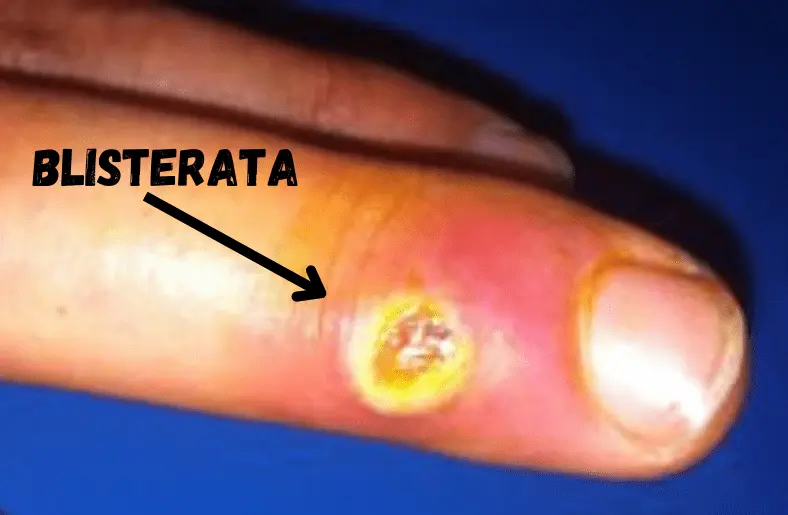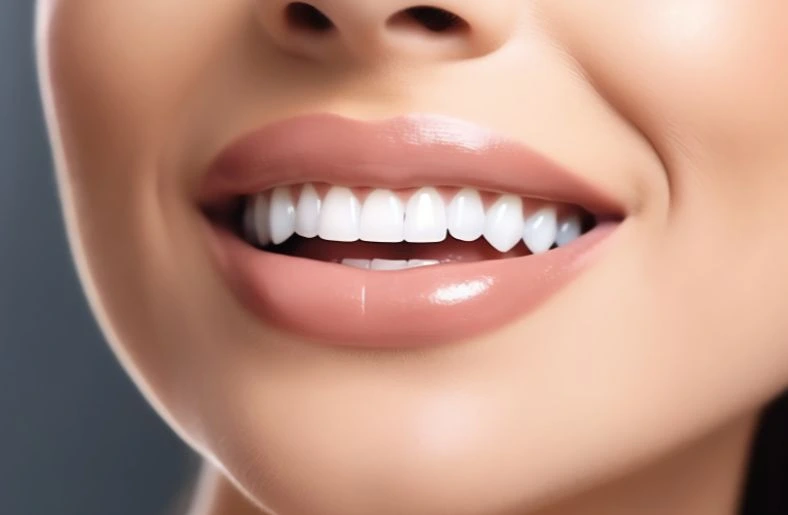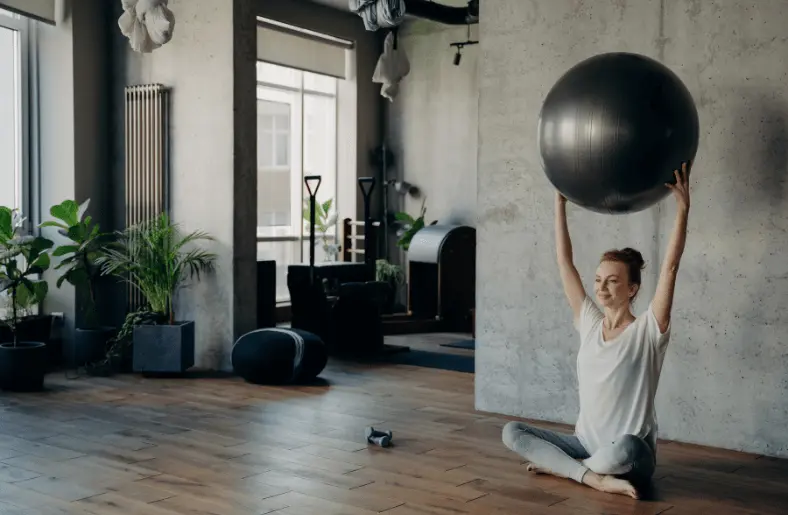A dermatological disorder called blisterrata is characterized by the development of blisters on the skin. These blisters, varying in size from small vesicles to larger bullae, can appear singly or in clusters. They form as a protective response to triggers like friction, burns, infections, and allergic reactions. Understanding treatment options for Blisterata is crucial. It helps individuals manage the condition effectively and prevent complications. Proper treatment not only alleviates discomfort but also promotes faster healing. Knowing the causes and symptoms aids in early identification and prompt action, which is vital for maintaining healthy skin. A comprehensive approach to treating Blisterata improves quality of life and ensures better skin health.
Causes of Blisterata
Blisterata can arise from several factors. First, friction is a common cause, often due to ill-fitting shoes or repetitive movements. Next, burns, whether thermal, chemical, or sunburn, can lead to blister formation. Additionally, allergic reactions to plants, cosmetics, or medications may trigger blisters. Infections also play a role; viruses like herpes simplex or bacterial infections like impetigo can cause blistering. Moreover, autoimmune disorders such as pemphigus and bullous pemphigoid result in the immune system attacking the skin, leading to blisters. Finally, genetic factors, including conditions like epidermolysis bullosa, make the skin prone to blistering even with minor trauma. Understanding these causes helps in the effective prevention and treatment of Blisterata.
Symptoms and Diagnosis
Blisterata presents with distinct symptoms. First, blisters appear on the skin, varying in size and severity. These blisters may be clear or filled with fluid. Next, you might experience pain or discomfort, especially if blisters burst. Additionally, itching around the blistered area is common. Redness and swelling often accompany these symptoms, indicating inflammation. In some cases, fever may signal an infection. Diagnosing Blisterata involves a physical examination. Your doctor will inspect the affected areas closely. They may also conduct tests, like skin biopsies or lab tests, to identify underlying causes. Early diagnosis ensures effective treatment, preventing complications and promoting faster healing.
Overview of Treatment Options
To begin with, treating Blisterata depends on its cause and severity. Firstly, protective measures are crucial. These include wearing properly fitting shoes and using padding. Secondly, topical treatments help soothe the skin. Hydrocortisone creams or aloe vera gel are effective. Additionally, antibiotics may be necessary if an infection is present.
Antiviral medications are essential for viral causes. Furthermore, immune-suppressing drugs are used for autoimmune-related Blisterata. Over-the-counter pain relievers, such as ibuprofen, can alleviate discomfort. Moreover, some severe cases may require medical procedures. For example, draining fluid from large blisters can prevent complications. In conclusion, combining these treatments effectively manages Blisterata and promotes healing.
Prevention Strategies
Firstly, wearing properly fitting footwear is essential. This reduces friction and pressure on the skin. Secondly, using moisture-wicking socks helps keep feet dry. This prevents moisture buildup, which can cause blisters. Additionally, applying lubricants or padding in high-friction areas minimizes irritation. Regularly inspecting the skin for signs of irritation is also crucial. Furthermore, avoiding prolonged exposure to extreme temperatures is important. Heat and cold can both contribute to blister formation. Practicing good hygiene helps too. Keeping the skin clean and dry reduces the risk of infection. Moreover, managing underlying conditions like eczema is vital. This prevents flare-ups that lead to blisters. In conclusion, these strategies effectively reduce the risk of developing Blisterata.
Managing Blisterata on a Daily Basis
To effectively manage Blisterata daily, start by practicing proper wound care techniques. Cleanse blisters gently with mild soap and water to prevent infection. Next, apply an antiseptic ointment and cover with a sterile bandage to promote healing. Avoid activities that aggravate blisters, such as wearing tight shoes or engaging in strenuous exercise. It’s important to rest and elevate affected areas to reduce swelling and discomfort. Additionally, monitor blisters closely for any changes in size, color, or drainage. Adhere to medical advice regarding medications and follow-up appointments. This ensures timely treatment adjustments if necessary. Furthermore, maintaining overall skin health through hydration and a balanced diet supports healing and resilience. In conclusion, these daily practices contribute to effective management and improved quality of life for individuals with Blisterata.
Special Considerations: Blisterata in Children and Older Adults
When addressing Blisterata in children, it’s crucial to prioritize gentle care and monitoring. Children’s skin is more sensitive, necessitating cautious handling of blisters. Parents should seek prompt medical attention for any concerning symptoms or complications. Conversely, in older adults, factors such as thinning skin and reduced immune function elevate the risk of complications from Blisterata. Therefore, meticulous wound care and regular assessments are essential to prevent infections and promote healing. Understanding these unique considerations helps tailor management strategies to each age group effectively. By staying vigilant and proactive, caregivers can ensure optimal outcomes for both children and older adults affected by Blisterata.
Natural Remedies and Home Care
Exploring natural remedies for Blisterata can complement conventional treatments effectively. For mild cases, soothing options like aloe vera gel or oatmeal baths offer relief without side effects. Additionally, tea tree oil’s antibacterial properties can aid in preventing infections when applied topically. Home care revolves around gentle wound management and maintaining skin hygiene. Regularly cleaning blisters with mild soap and water helps prevent complications. Using sterile bandages protects against external irritants and promotes healing. Incorporating these natural remedies and home care practices into daily routines can enhance comfort and expedite recovery from Blisterata. However, consulting healthcare providers remains crucial for personalized guidance and ensuring safety.
Conclusion
In conclusion, understanding Blisterata is essential for effective management and prevention of complications. By recognizing its causes—such as friction, burns, infections, and allergies—and familiarizing oneself with symptoms and treatment options, individuals can take proactive steps. Prevention strategies like proper footwear and skin care are crucial. Natural remedies and home care can offer supplementary relief. Managing Blisterata daily involves attentive wound care and lifestyle adjustments. Special considerations for children and older adults emphasize tailored approaches. Ultimately, seeking medical advice ensures comprehensive care. Embracing these insights empowers individuals to maintain skin health and enhance overall well-being.




